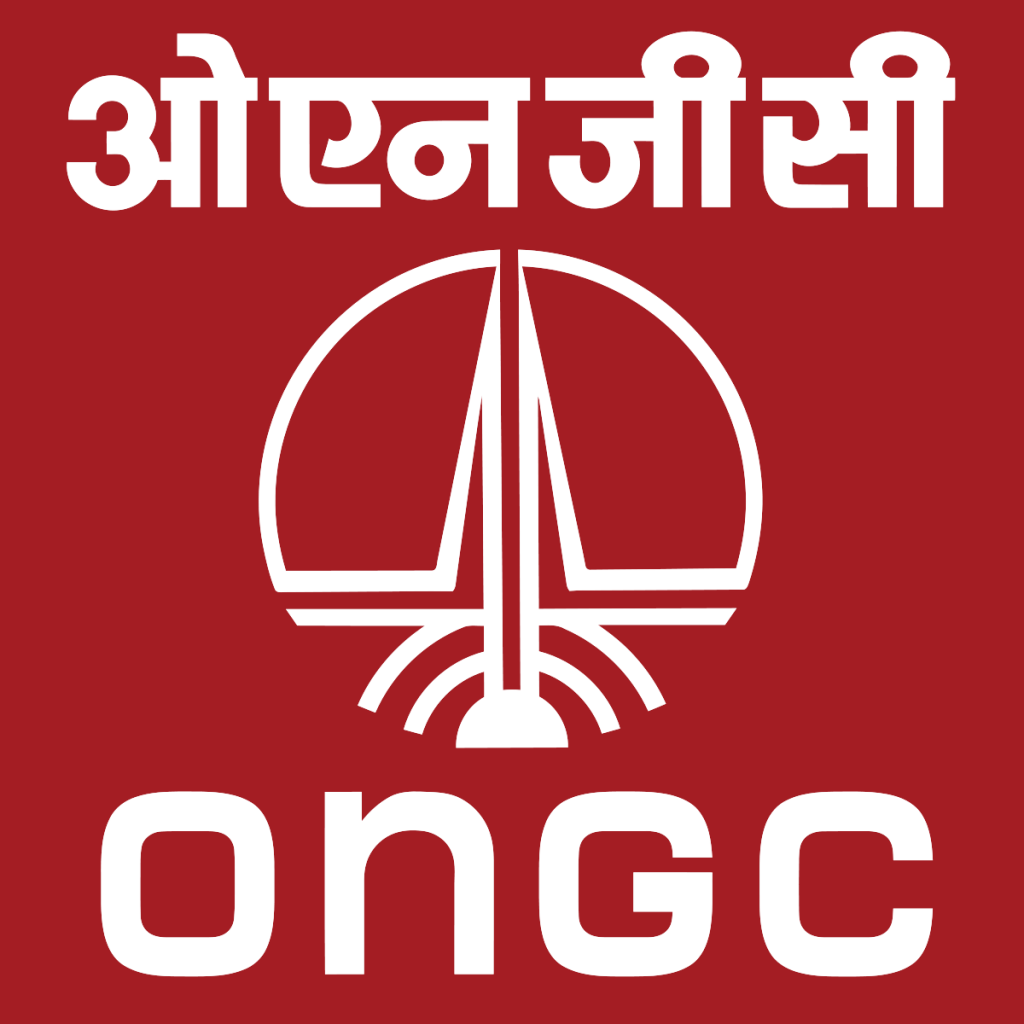ONGC, the once-glittering and now struggling Maharatna, best exemplifies the fact that there is something sinister in the very approach of the outgoing Modi Government towards the public sector enterprises (PSUs). In May 2019, the cash reserves of ONGC, the richest PSU, had fallen in the last two years of Modi Government to a miserable Rs 167 crore.
As it needs at least Rs 1,00,000 crore, including Rs 5,000 crore in cash, to meet working capital requirements per annum including for paying salaries, ONGC executives are running to banks, and executives of public sector banks already saddled with NPAs are hesitant to infuse more loans in view of the precarious financial position of the ONGC.
The warning issued by the ONGC’s Employees Mazdoor Sabha General Secretary A.R. Tadvi in October 2018 has proved to be prophetic. In a letter addressed to the Prime Minister Modi on 4 September 2018, Tadvi alleged that “Decisions taken over the past four-and-a-half years have broken the economic backbone of the company.”
The employee’s union has given a notice period of three months to give ONGC a free hand to take its own decisions. The workers warned Modi of direct action if his government’s policies leading to a disaster were not reversed. But the disaster has now occurred.
The ONGC was arm-twisted by the government to bail out the Gujarat State Petroleum Corporation (GSPC) with its reserves when it was forced to buy a barren gas block from GSPC for Rs 8,000 crore. Then it was forced to buy a sick Hindustan Petroleum Corporation Ltd. (HPCL) for Rs 36,915 crore in an off-market deal.
Over and above this twin burden, ONGC was ordered to pay a dividend of Rs 7,764 to the government in 2016–17 and Rs 8,470 crore in 2017–18. Additionally, it was pushed to do a share buyback of Rs 4,022 crore, through which the government transferred a part of its holdings to the company to raise money in the name of disinvestment.
This comes over and above a masochistic hara-kiri of forcing ONGC to invest money in oil exploration, develop new fields and then sell the successful blocks to Indian and foreign private corporates at the diktats of the World Bank in 1991.
Answering a question in the Lok Sabha, the Union Oil Minister Dharmendra Pradhan said that ONGC and Oil India Ltd (OIL) spent over Rs 13,000 crore on 115 oil and gas discoveries. He said that these discoveries were taken away from them by the government for auctioning to private companies! Robbing PSU Peters to Pay Cairn–Vedanta–Ambani Pauls!
But then, ONGC is no isolated case. Modi Government resorted to four routes to drain PSUs of cash—new PSU IPOs, disinvestment through an exchange-traded fund (mutual fund), forcing the PSUs to go in for share buyback and forcing them to pay a higher dividend to the government.
During its first four and a half years in office, Modi Government sold away PSU stocks to the tune of more than Rs 2,10,000 crore, 58% of all disinvestment since 1991. Finance Minister Jaitley announced that Rs 85,000 crore was raised through disinvestment in 2018–19 and a target of Rs 1,00,000 crore has been set for 2019–20.
To meet its ambitious disinvestment targets, the Modi Government launched an exchange-traded fund (ETF), managed by Reliance Nippon, a subsidiary of Reliance Capital, which is one of the group companies of Reliance Anil Dhirubhai Ambani Group, which itself is now facing loan defaults and bankruptcy.
By March 2019, the government garnered Rs 28,500 crore by selling its PSU shares through the CPSE ETF paying Reliance Nippon 7.1%, or Rs 2,023 crore, as commission. Blame it on Anil Ambani’s Reliance Nippon’s wisdom or not, the share prices of almost all CPSE ETF-traded stocks fell uniformly, hurting not only the government, but also hitting the workers below the belt in the process.
The EPFO was forced to invest workers’ money in CPSE ETF and got pathetic returns of 1.89%, and hence it is grudging to pay even 8.5% interest to the workers on their EPF savings. The trade unions rightly protested the EPFO’s decision well in advance. In all, the Modi Government has raised Rs 48,325 crore though all ETFs, including that of Anil Ambani.
The Department of Investment and Public Asset Management (DIPAM) Joint Secretary Venudhar Reddy Nukala revealed that in 2018–19, LIC and PSBs were asked to invest Rs 25,000 crore in ETFs trading in PSU stocks. This was how Modi Government sucked the PSUs dry.
There were also new PSU IPOs launched in such a senseless manner that they flopped at the stock market where market price per share sunk far below the issue price, creating favourable conditions for private corporates to grab them for a song.
The forced share buybacks from 11 PSUs—Coal India, NTPC, NALCO, NMDC, NLC, BHEL, NHPC, NBCC, SJVN, KIOCL and even a cash-strapped HAL—fetched the Modi Government another Rs 1,03,000 crore.
The disinvestment disaster apart, in February 2019, the Modi Government finalised a list of 24 state-owned companies for outright strategic sale and they included Dredging Corporation of India, HLL Lifecare, Bharat Earth Movers Ltd, Units/JVs of ITDC, Bhadrawati, Salem and Durgapur units of SAIL, Nagarnar Steel Plant of NMDC, Central Electronics and Ferro Scrap Nigam.
This fire sale apart, similar to the ONGC–HPCL model, the government saddled the cash-rich profit-making PSUs with sick ones instead of recapitalising them directly from the budget and reviving them. This apart, the government has finalised a plan to monetise the land and other assets of PSUs like Air India and BSNL and has appointed DIPAM as the executioner.
First strangulating to death the PSUs through various forms of attrition instead of making them viable, and then handing over the carcass to the private corporates for a song—this is the crux of India’s disinvestment drama of the last five years. The executioner of this none other than Modi in his new avatar as a PSU-killer!
(Courtesy-National Herald)

